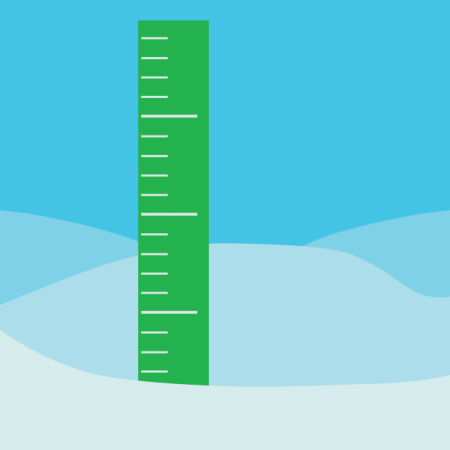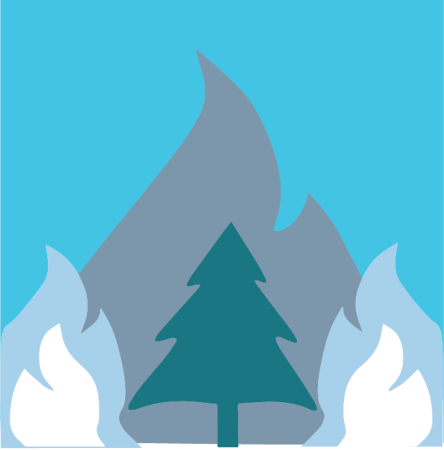Environmental and Public Health Impacts
Climate Change in Colorado: Public Health & Environmental Impacts
Snowpack Reduction
The snow that collects in our mountains is essential for feeding Colorado’s water reservoirs throughout the year. One key report states that warming temperatures have resulted in earlier and lower peak snowpack, which reduces runoff and water supply for the basin. According to a 2022 Environmental Protection Agency analysis, the snowpack at the start of spring in the Western United States dropped 23% from 1955 to 2022, with 93% of the sites measured showing declines.
Drought
With less water comes less drinking water, drier soil, and thirsty crops. This presents big challenges for Colorado’s farmers. Since 2000, the U.S. Drought Monitor shows that Colorado has experienced four severe and widespread droughts (2002, 2012, 2018, and 2020). According to the Colorado Climate Center, it is likely that droughts in the Southwest (including Colorado) will continue to increase in frequency and severity. Less water severely impacts the food we can grow because soil moisture becomes less reliable and crops increasingly face more dangerous pests, according to a 2020 U.S. Department of Agriculture study. This report even discussed one Colorado study, which concluded that dairy cows produce less milk when they’re forced to deal with excessive heat.
Flooding
According to a 2021 study led by scientists at the Colorado-based National Center for Atmospheric Research, “Climate change will significantly alter future patterns of flooding.” Historically, Colorado has experienced numerous devastating floods, and the precise changes to floods in a warmer climate remain uncertain for Colorado. However, the most extreme rainstorms are expected to become more intense as the climate warms, and the expected increase in burned areas from wildfires is likely to heighten the risk of landslides when heavy rain falls on burn scars.
Wildfires
Colorado’s five most destructive wildfires have all occurred since 2012. A 2016 study concluded that the area burned by wildfires in the western U.S. was almost double what it would have been without climate change. According to the Fourth National Climate Assessment, “Increased heat, drought, and insect outbreaks, all linked to climate change, have increased wildfires” in Colorado and other states in the region. Increases in the number and size of wildfires over Colorado have impacted recreation, ecosystems, and air quality.
Wildlife
Climate change is putting tremendous pressure on Colorado’s wildlife. Because of higher temperatures, many species in the Rocky Mountains are searching for higher and cooler altitudes, which can damage fragile ecosystems. Consistently hotter weather also helps the spread of parasites and diseases that are endangering animal populations. Warmer temperatures and increased frequency of drought also decrease water quality, which impacts fish populations.
Extreme Heat
Extreme heat that comes from climate change affects the health of Coloradans in a number of ways. For example, warmer temperatures can damage our cardiovascular, respiratory, and nervous systems. In addition, hotter weather can cause heat stroke and dehydration, according to the Colorado Health Institute. Climate change also worsens air quality. According to previous statements from the Centers for Disease Control and Prevention: “Higher temperatures lead to an increase in allergens and harmful air pollutants … Higher temperatures associated with climate change can also lead to an increase in ozone, a harmful air pollutant.”
Recreation
Whether it’s fishing in the summer or skiing in the winter, climate change is damaging our opportunities to enjoy Colorado’s amazing outdoors. According to one 2020 federal study, Colorado’s and other Intermountain West economies that rely on outdoor recreation are in peril by the increasing frequency and intensity of droughts. A 2017 study found that ski seasons will become shorter across the U.S. as the climate warms, including in Colorado.






